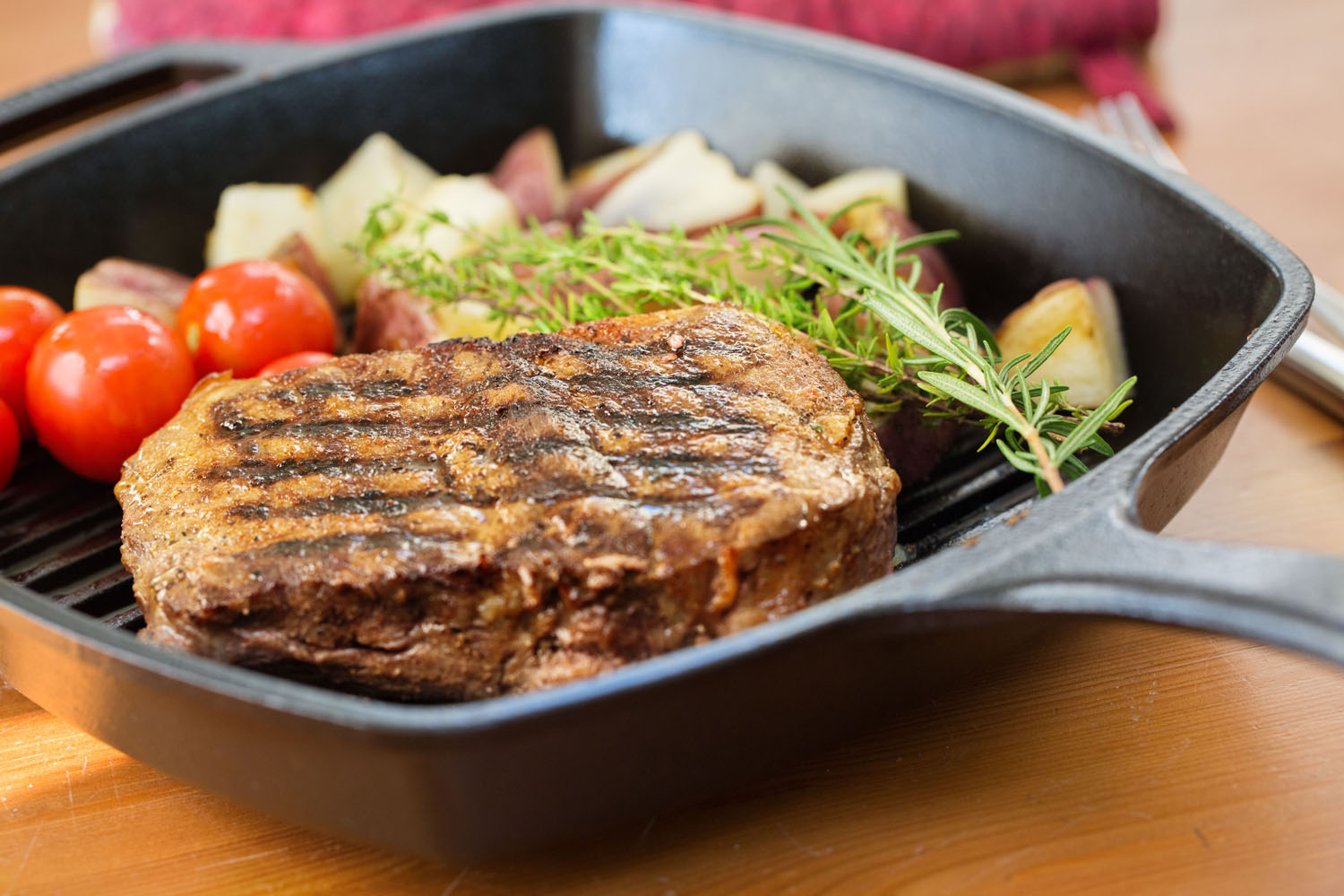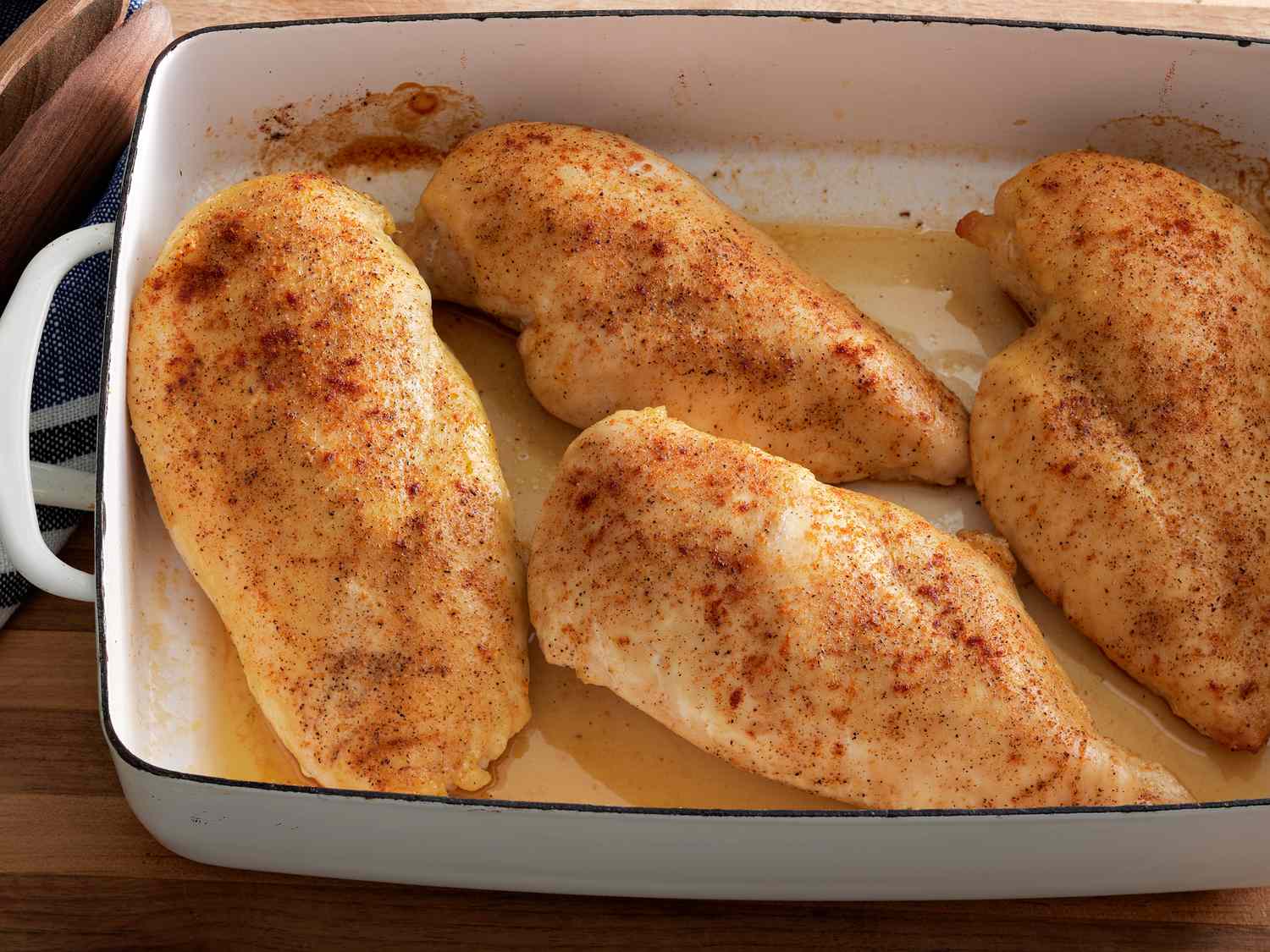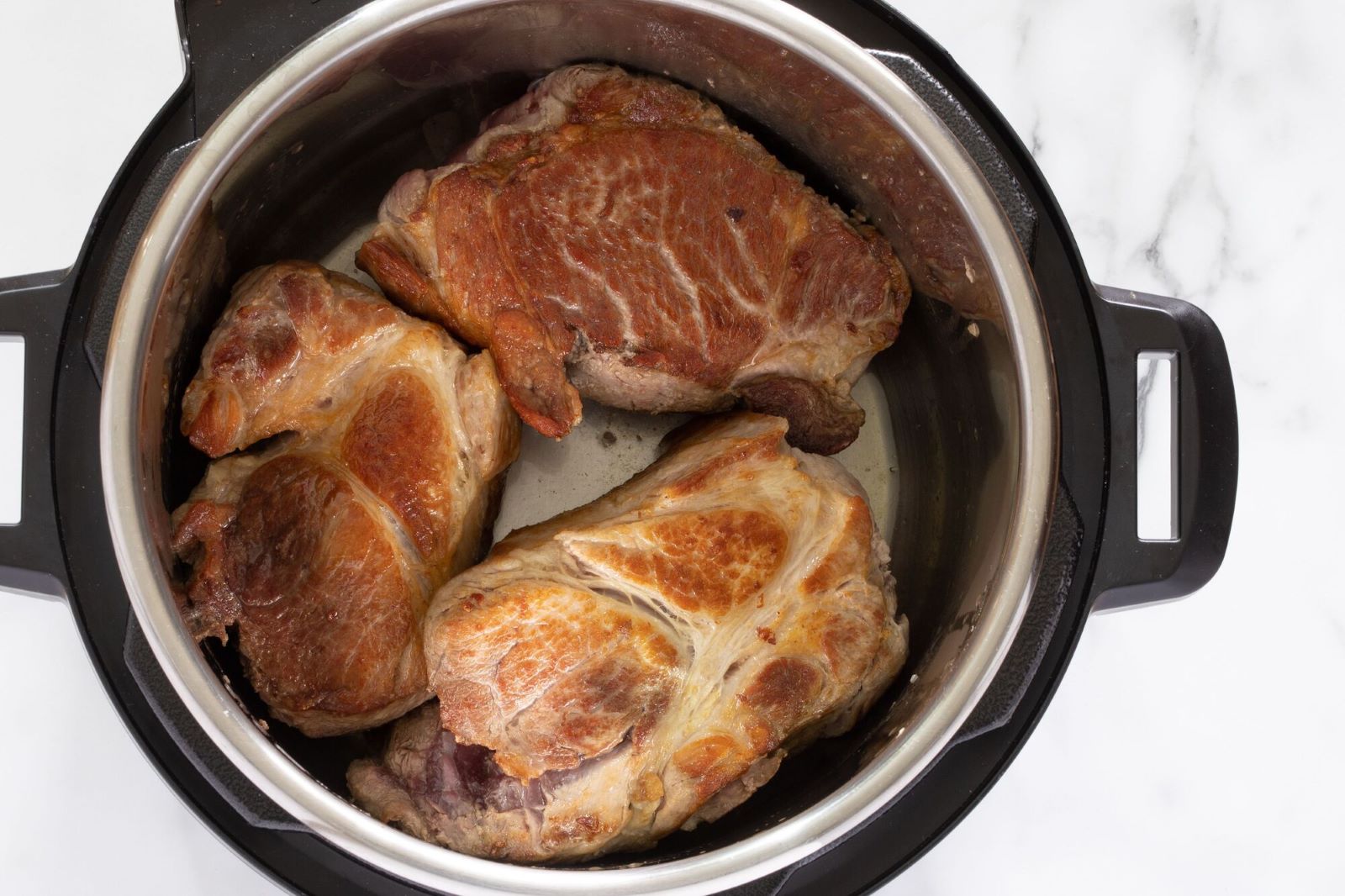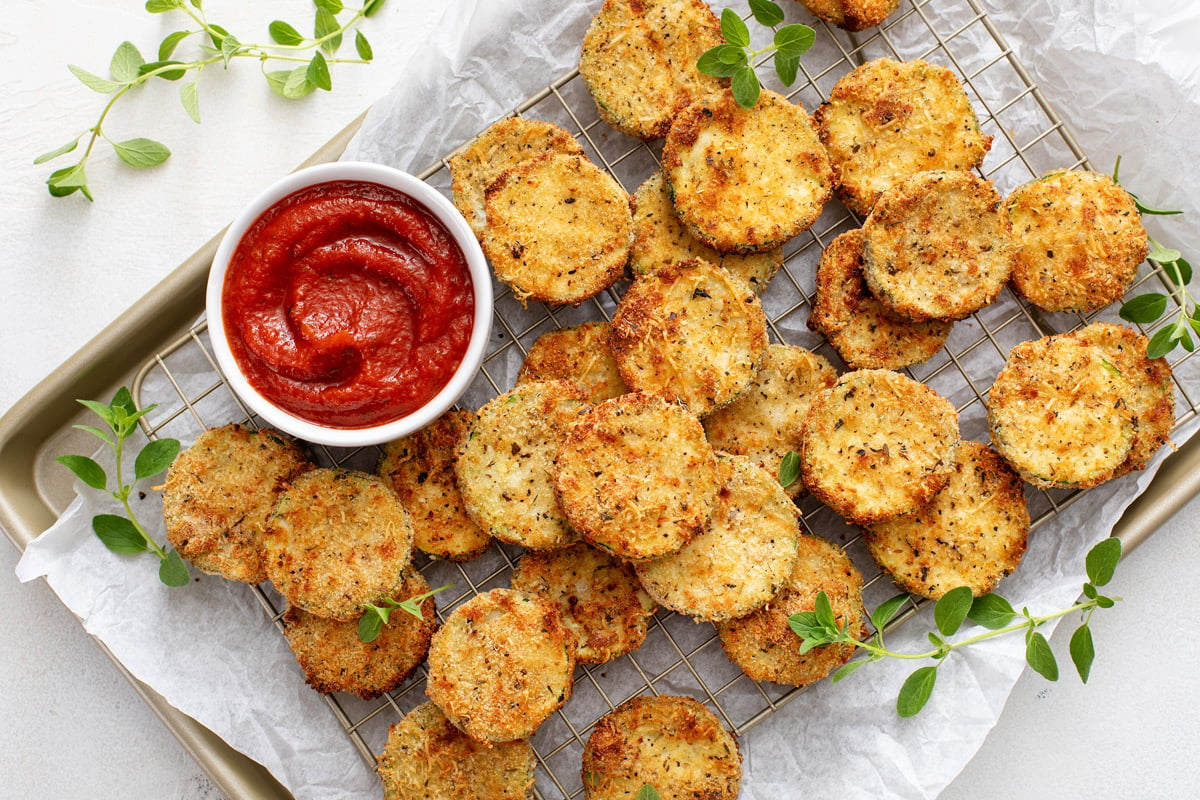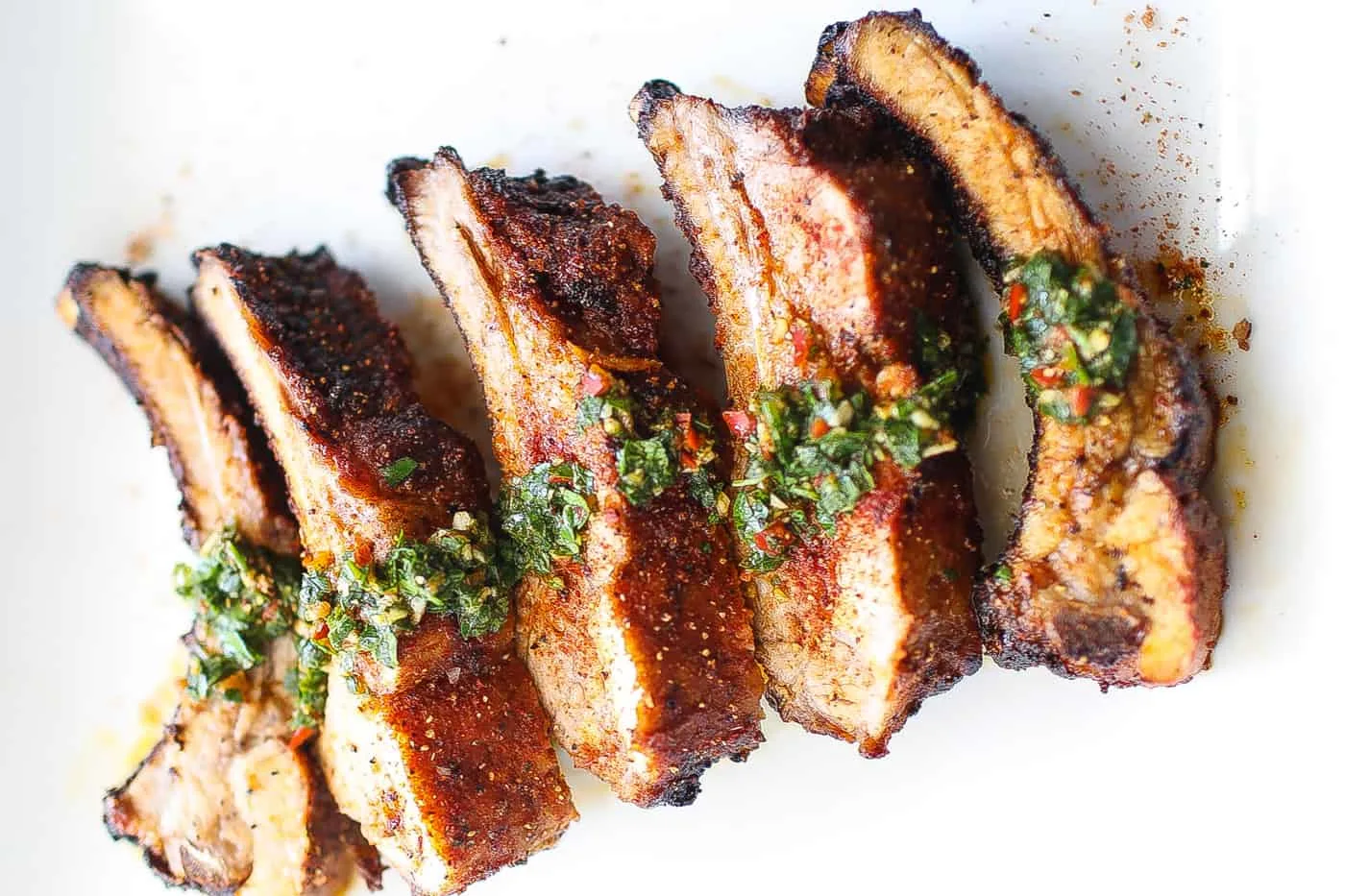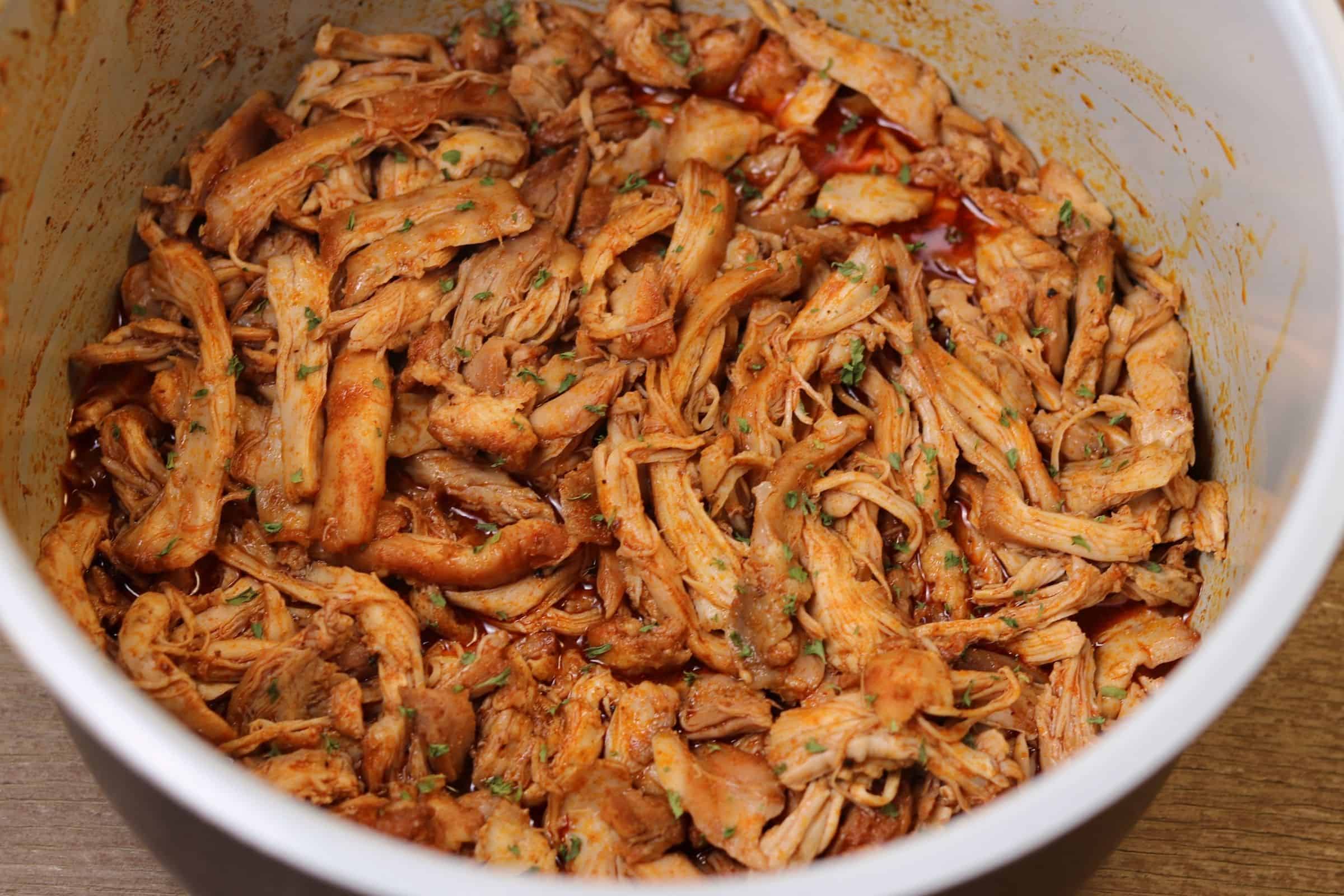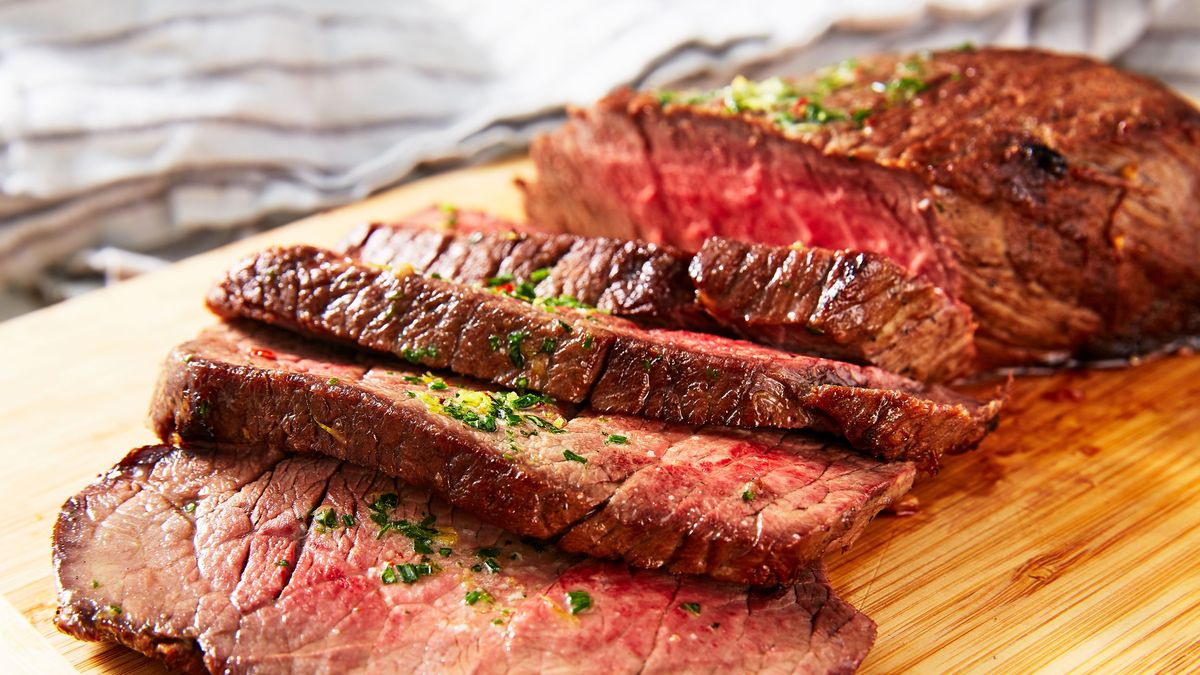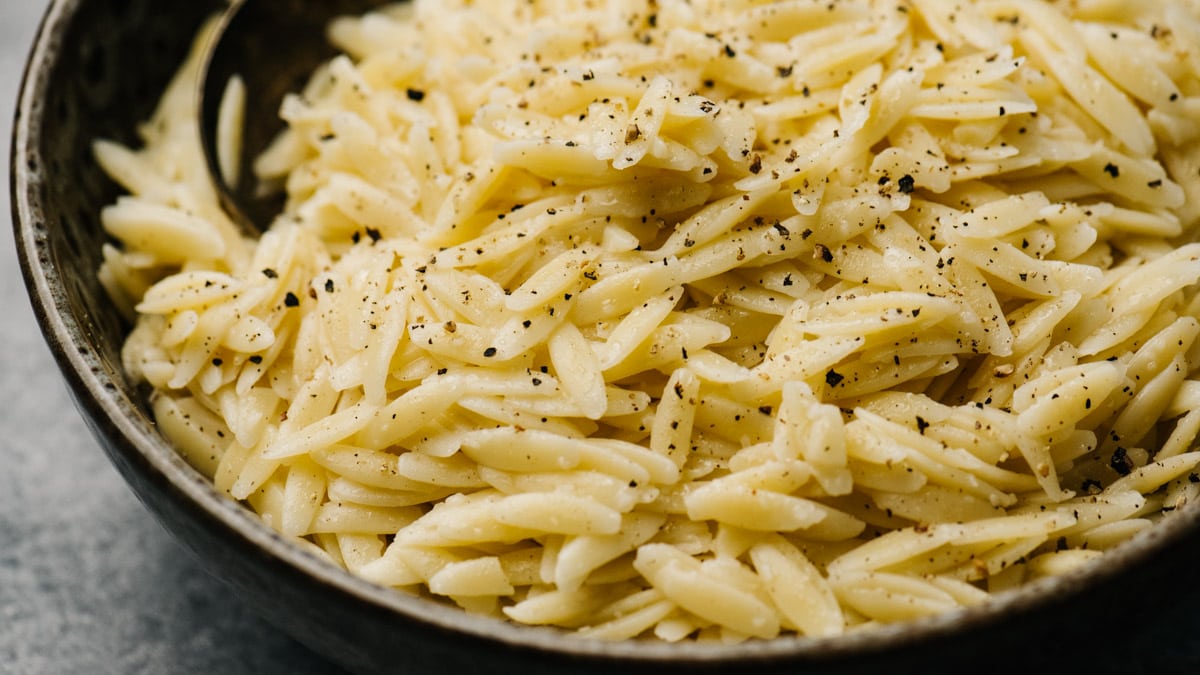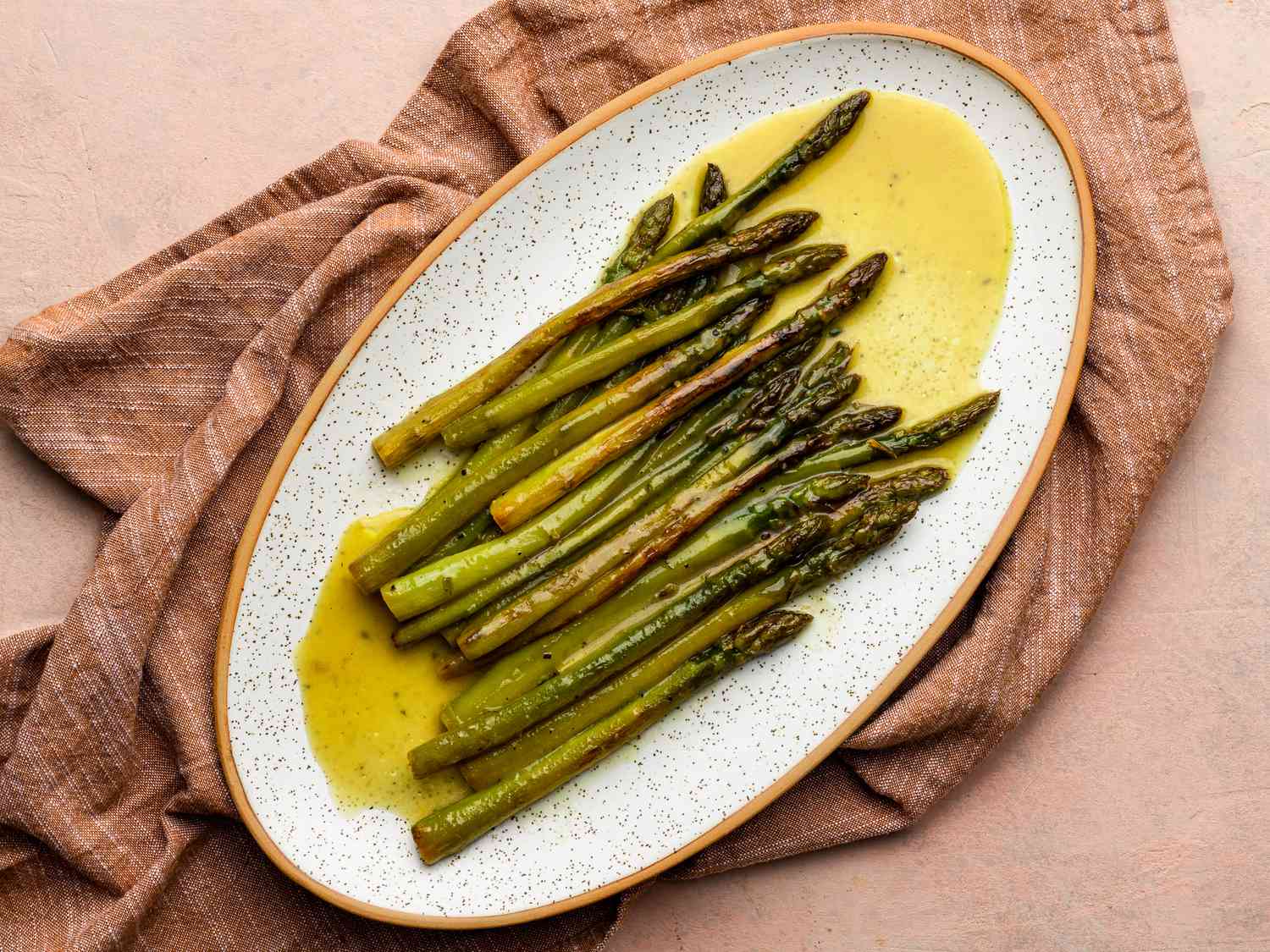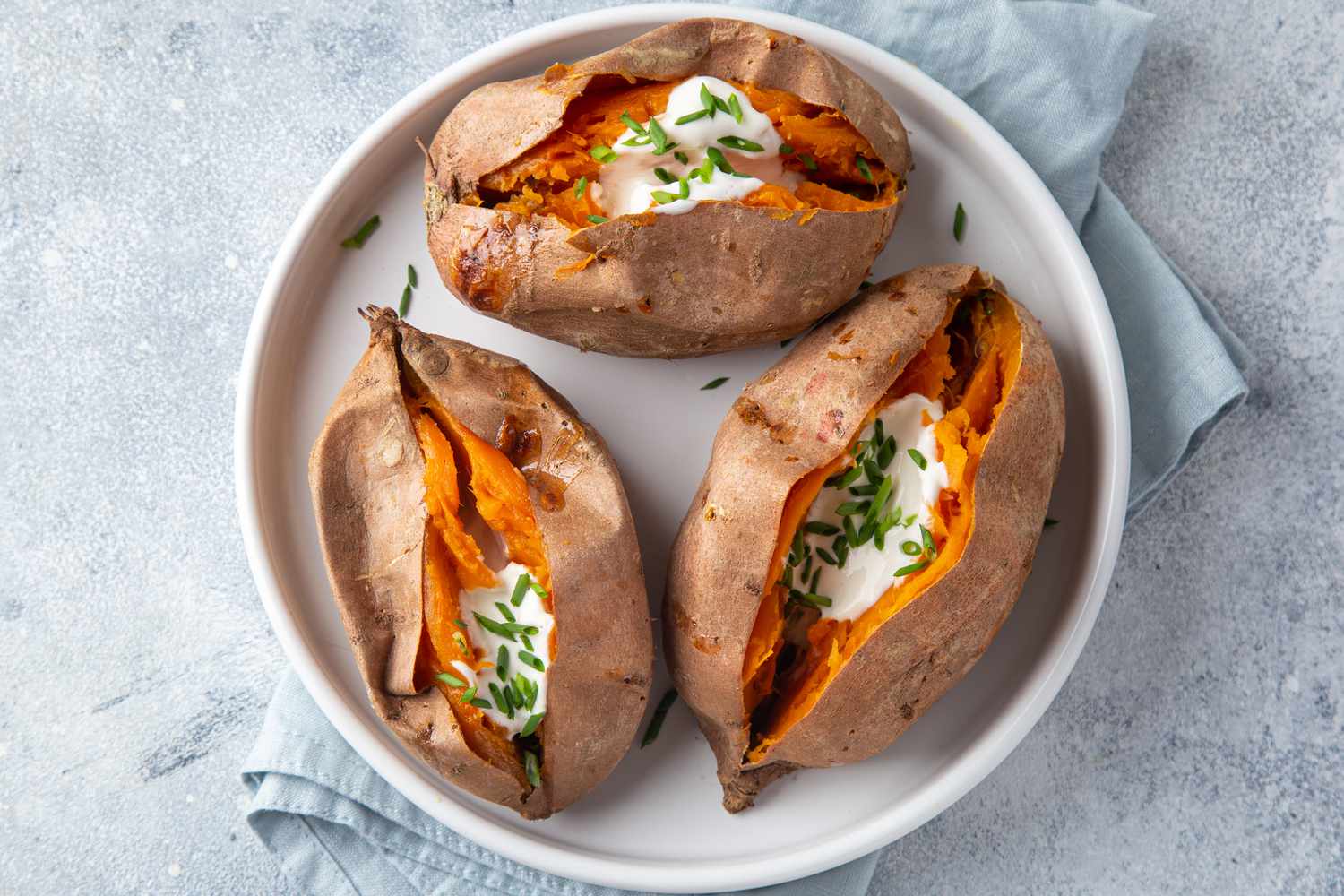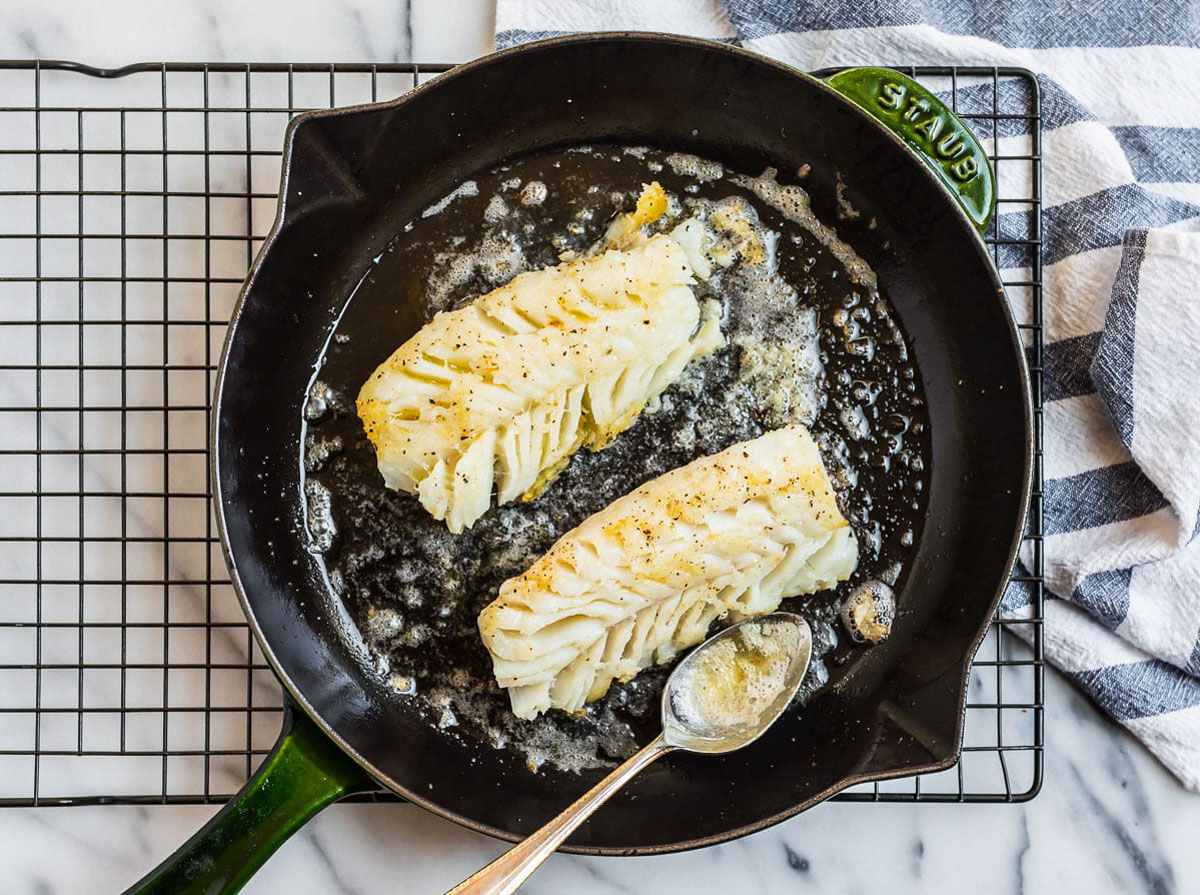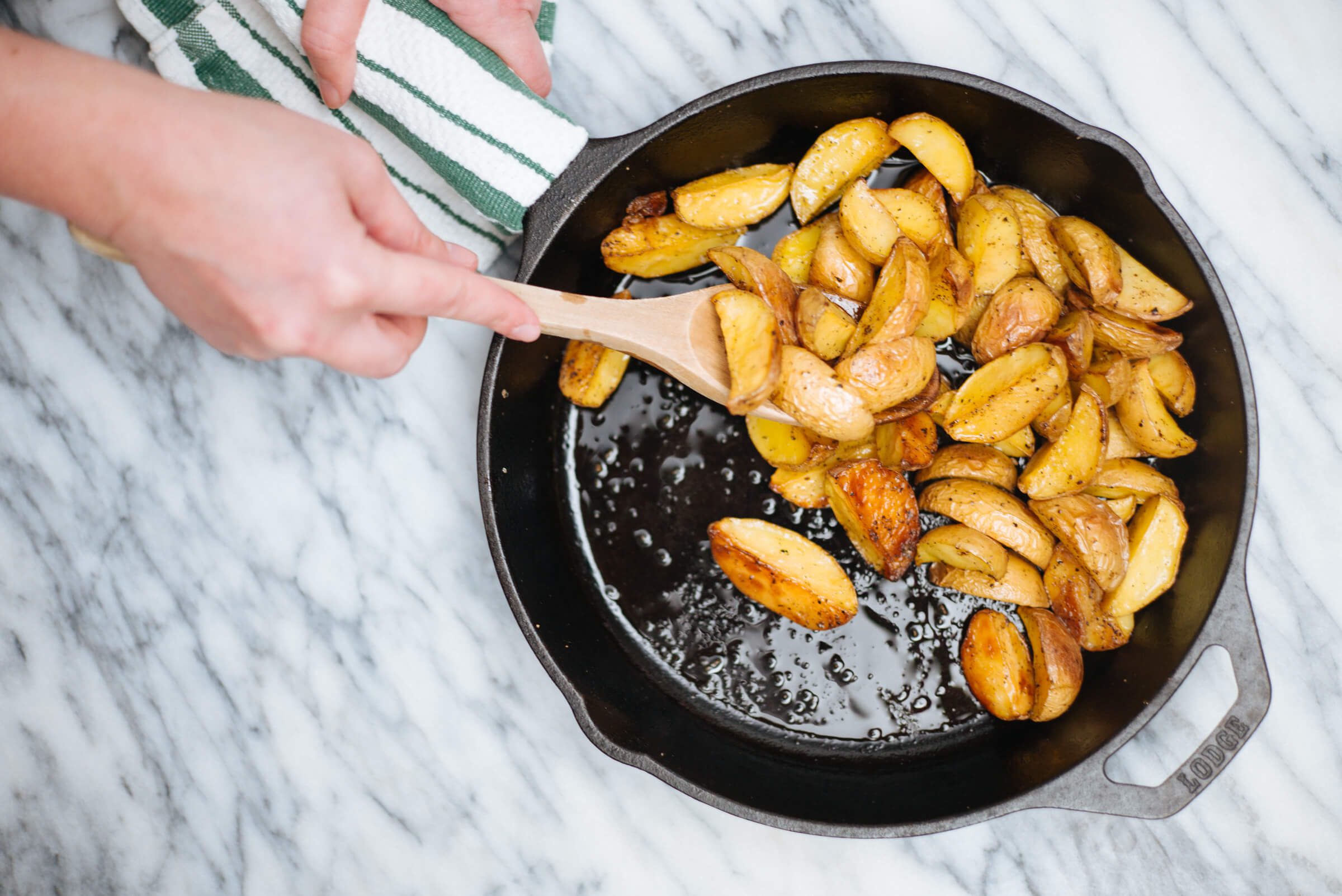Mastering the Art of Cooking Veal Stew Meat
Veal stew meat is a versatile and flavorful ingredient that can elevate any dish to new heights. Whether you’re a seasoned chef or a beginner cook, learning how to cook veal stew meat can be a game-changer in your culinary repertoire. In this guide, we will delve into the techniques, tips, and tricks to help you create a mouthwatering veal stew that will leave everyone asking for seconds.
Choosing the Perfect Cut
When it comes to veal stew meat, selecting the right cut is essential for a tender and delicious end result. Look for cuts such as shoulder or leg meat, which are ideal for slow cooking methods like stewing. These cuts have just the right amount of marbling and collagen, which will break down over time, resulting in a rich, velvety texture.
Preparing Your Veal Stew Meat
Before you start cooking, it’s important to properly prepare your veal stew meat. Trim any excess fat or connective tissue and cut it into bite-sized pieces. This will allow the meat to cook evenly and absorb the flavors of the stew.
Aromatic Foundations
To build a flavorful base for your veal stew, start with the holy trinity of aromatics: onions, carrots, and celery. Chopped finely and sautéed in some olive oil or butter, these veggies will infuse your stew with depth and complexity. You can also add garlic, herbs like thyme or rosemary, and a bay leaf for an extra burst of flavor.
Browning for the Best Results
One of the secrets to a tantalizing veal stew is achieving that beautiful golden brown crust on the meat. Heat a bit of oil in a large, heavy-bottomed pot or Dutch oven over medium-high heat. Working in batches, add the veal stew meat and sear it until all sides are nicely browned. This step not only enhances the flavor but also seals in the juices, ensuring a moist and succulent final dish.
Slow and Low Cooking
Once your veal stew meat has been browned, it’s time to add the liquid and let the magic happen. Pour in your choice of broth, stock, or even red wine to deglaze the pot and scrape up all those caramelized bits from the bottom. Bring the liquid to a simmer, then reduce the heat to low and cover the pot. The low heat and long cooking time will tenderize the meat and allow the flavors to meld together perfectly.
Adding Vegetables and Herbs
After a couple of hours of simmering, it’s time to add vegetables to your veal stew. Classic choices include potatoes, carrots, and peas, but feel free to get creative and use your favorite seasonal veggies. Fresh herbs such as parsley or thyme can also be sprinkled in for an extra burst of freshness.
Adjusting the Seasonings
Toward the end of the cooking process, taste your veal stew and make any necessary adjustments to the seasonings. Add salt and pepper to taste, and if desired, a touch of acidity from a splash of lemon juice or a dash of vinegar can brighten up the flavors.
Serving and Enjoying
Once your veal stew is cooked to perfection, it’s time to serve and enjoy. Ladle the stew into bowls and garnish with a sprinkle of freshly chopped herbs. Serve it with crusty bread or fluffy mashed potatoes to soak up the delicious sauce. The tender veal, rich flavors, and comforting aromas will make every bite a memorable experience.
Now that you have mastered the art of cooking veal stew meat, it’s time to gather your ingredients, roll up your sleeves, and create a dish that will impress your family and friends. With patience and a little bit of culinary finesse, you can transform simple veal stew meat into a culinary masterpiece that will have everyone coming back for more.
Was this page helpful?
Read Next: How To Cook Nopales With Eggs
